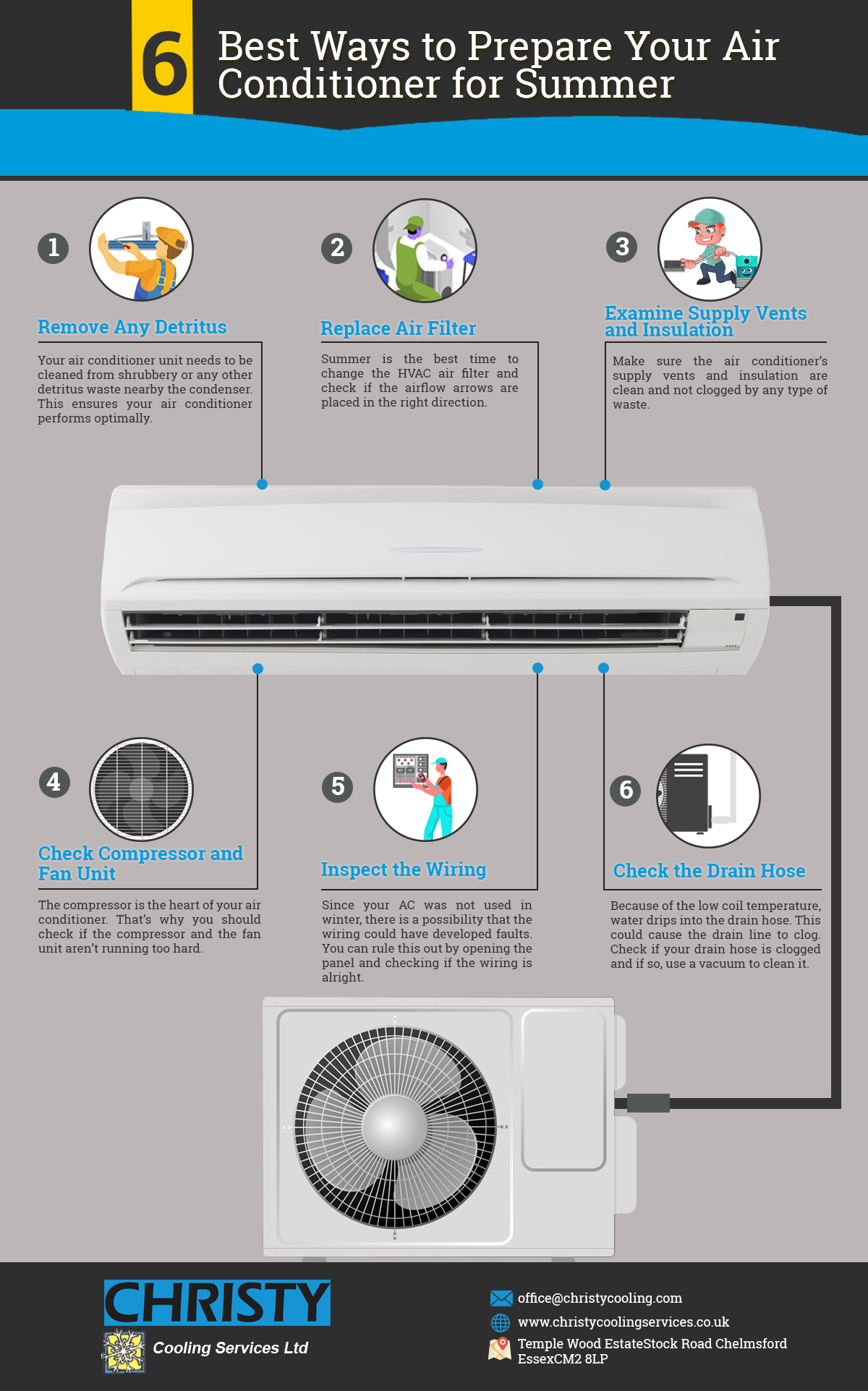The Future Of Home Home Heating - Just How Heat Pump Technology Is Progressing
The Future Of Home Home Heating - Just How Heat Pump Technology Is Progressing
Blog Article
Author-Merritt Byrne
Heat pumps will be an essential modern technology for decarbonising home heating. In a scenario consistent with federal governments' revealed power and climate commitments, their international capability doubles by 2030, while their share in heating rises to one-quarter.
They function best in well-insulated homes and count on electrical power, which can be provided from a renewable power grid. Technical advancements are making them a lot more efficient, smarter and cheaper.
Gas Cells
Heatpump use a compressor, cooling agent, coils and fans to relocate the air and warm in homes and appliances. They can be powered by solar energy or electrical power from the grid. They have actually been obtaining popularity because of their inexpensive, silent procedure and the ability to create electricity during peak power need.
Some companies, like IdaTech and BG MicroGen, are dealing with gas cells for home heating. These microgenerators can change a gas central heating boiler and create several of a home's electrical requirements with a connection to the power grid for the remainder.
Yet there are factors to be skeptical of using hydrogen for home heating, Rosenow states. It would be expensive and ineffective compared to various other innovations, and it would certainly include in carbon emissions.
Smart and Connected Technologies
Smart home technology allows house owners to link and manage their gadgets remotely with the use of smart device applications. For example, smart thermostats can learn your heating choices and immediately adjust to enhance energy usage. Smart illumination systems can be controlled with voice commands and automatically turn off lights when you leave the room, lowering power waste. And wise plugs can keep track of and manage your electrical usage, permitting you to determine and limit energy-hungry devices.
The tech-savvy home shown in Carina's meeting is a good illustration of how passengers reconfigure area heating techniques in the light of brand-new wise home modern technologies. https://www.bobvila.com/articles/does-home-warranty-cover-plumbing/ depend on the gadgets' automated attributes to carry out everyday modifications and concern them as a hassle-free methods of conducting their home heating practices. Thus, they see no factor to adjust their practices better in order to allow flexibility in their home power need, and treatments targeting at doing so may encounter resistance from these families.
Electrical power
Given that heating homes make up 13% of US discharges, a button to cleaner choices can make a large difference. However the modern technology encounters difficulties: It's expensive and requires comprehensive home remodellings. And it's not constantly compatible with renewable energy sources, such as solar and wind.
Until lately, electric heat pumps were as well pricey to take on gas designs in the majority of markets. However new innovations in design and products are making them extra inexpensive. And much better cold environment performance is allowing them to operate well also in subzero temperature levels.
The next step in decarbonising heating might be making use of heat networks, which draw warmth from a main source, such as a nearby river or sea inlet, and distribute it to a network of homes or buildings. That would decrease carbon emissions and permit households to make the most of renewable resource, such as eco-friendly electrical energy from a grid supplied by renewables. This option would certainly be less pricey than changing to hydrogen, a nonrenewable fuel source that needs brand-new facilities and would just decrease CO2 exhausts by 5 percent if paired with boosted home insulation.
Renewable resource
As power rates go down, we're beginning to see the exact same pattern in home heating that has driven electrical vehicles right into the mainstream-- yet at an even faster pace. The solid climate situation for electrifying homes has actually been pressed further by new research.
Renewables represent a significant share of contemporary warmth intake, however have actually been offered restricted policy attention internationally contrasted to various other end-use sectors-- and even much less interest than electrical power has. Partly, this reflects a mix of consumer inertia, split incentives and, in numerous countries, subsidies for fossil fuels.
New innovations might make the change less complicated. For example, heat pumps can be made more power efficient by replacing old R-22 refrigerants with brand-new ones that don't have the high GWPs of their precursors. Some experts also envision area systems that attract warmth from a neighboring river or sea inlet, like a Norwegian fjord. The cozy water can after that be used for heating & cooling in a community.